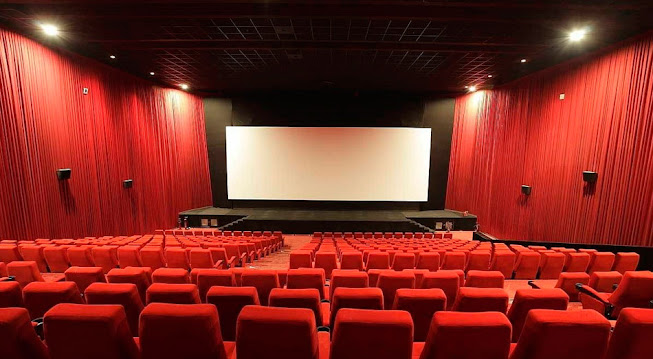Cinemahalls : Reeling A Reincarnation ?

Cinemahalls : Reeling A Reincarnation ? Against its previous rivals (TV, VHS, Cable TV et al), cinemahalls could flex their muscle through technological innovations. But as they reopen, they face a unique rival. ------- ------- ------- ------- ------- ------- ------- ------- ------- ------- ------- ------- When the first Indian film Raja Harishchandra (1913) was screened, the cinemahall had remained silent. During 1910s, Cinemahalls would face tough competition from theatre – which then had voice . With talkie films, Cinemahalls surpassed theatre, as writers could write stories for cinema that could not have been narrated in theatres. During 1940s to 1970s, Cinemahalls in India, saw a rapid growth. When during 50s & 60s, cinemahalls in US faced competition from television, it was countered through technological innovation called widescreen formats (cinemascope etc.). Widescreen formats were very cumbersome to watch on TV. In India, cinemaha

